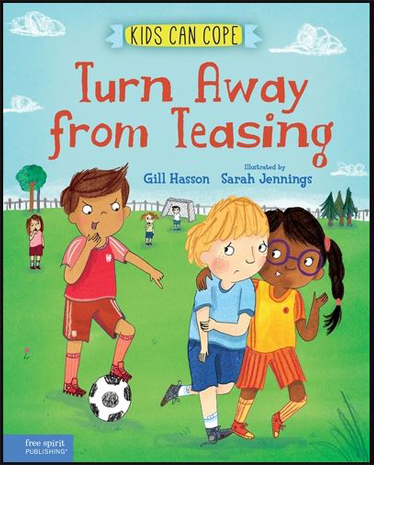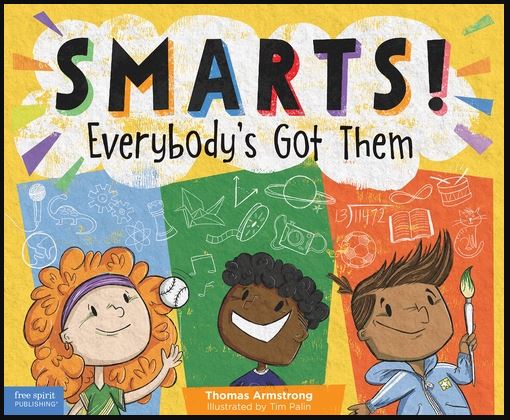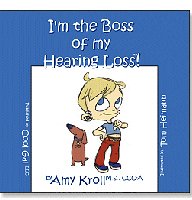Related Products
For Parents
Related Teacher Tools Takeout Items
Keys To Improving Reading Skills
 Reading is foundational to school success. It takes approximately 20,000 hours of listening to speech before a child’s brain has clear mental referents for each of the speech sounds1. This ability is necessary to enjoy rhyming and to develop phonological awareness skills. Reading is parasitic on listening. Listening can be thought of as applying meaning to sound, allowing the brain to organize, establish vocabulary, develop receptive and expressive language, learn, internalize, and indeed listening is where hearing meets brain2. As we read we ‘listen to ourselves read aloud in our heads’ as a precursor for gaining meaning. Anything that slows down reading fluency will interfere with reading comprehension and overall success. Even students who are visual learners must develop adequate phonological awareness using visual, rather than auditory, techniques. A whole-word approach to reading will never allow students to keep up or prepare for the content comprehension demands of secondary school and beyond. The One World Literacy Foundation has found that 2/3 of students who cannot read proficiently by the end of 4th grade will end up in jail or on welfare. Over 70% of inmates in America’s prisons cannot read above a 4th grade level. We can predict that if a child is not reading proficiently in the 4th grade, he or she will have approximately a 78% chance of not catching up3.
Reading is foundational to school success. It takes approximately 20,000 hours of listening to speech before a child’s brain has clear mental referents for each of the speech sounds1. This ability is necessary to enjoy rhyming and to develop phonological awareness skills. Reading is parasitic on listening. Listening can be thought of as applying meaning to sound, allowing the brain to organize, establish vocabulary, develop receptive and expressive language, learn, internalize, and indeed listening is where hearing meets brain2. As we read we ‘listen to ourselves read aloud in our heads’ as a precursor for gaining meaning. Anything that slows down reading fluency will interfere with reading comprehension and overall success. Even students who are visual learners must develop adequate phonological awareness using visual, rather than auditory, techniques. A whole-word approach to reading will never allow students to keep up or prepare for the content comprehension demands of secondary school and beyond. The One World Literacy Foundation has found that 2/3 of students who cannot read proficiently by the end of 4th grade will end up in jail or on welfare. Over 70% of inmates in America’s prisons cannot read above a 4th grade level. We can predict that if a child is not reading proficiently in the 4th grade, he or she will have approximately a 78% chance of not catching up3.
It has been said that reading is parasitic on language, but more fundamentally, verbal language learning is reliant on hearing the sounds of speech throughout everyday activities and environments. Therefore, phonological skills reflect a child’s fine-tuned auditory perception ability. The 2000 National Reading Panel, in their report: Teaching children to read: An evidence-based assessment of the scientific research literature on reading and its implications for reading instruction, stated that “the best predictor of reading difficulty in kindergarten or first grade is the inability to segment words and syllables into constituent sound units (phonemic awareness).” Whether a child has the residual hearing for this fine auditory discrimination or teaching/learning is via cued speech or visual phonics, it is clear that children with hearing loss must hone their phonemic awareness skills if they are ever to achieve the reading fluency needed to keep up in secondary school.
Phonologic Awareness
Based on this necessary foundation, it is critical that we (1) assess the phonological awareness ability of all young children with hearing loss (see recommended assessments below), and (2) teach to the phonemic awareness weaknesses identified4, 5, 6. Reading Reflex provides a sound teaching methodology that will enhance the learning of students who are deaf or hard of hearing. Yes, this teaching may take 30-60 minutes PER DAY during most of one school year for 4, 5, or 6-year-olds and NO, we cannot assume that they will learn it ‘through the air’ at the same rate or to the necessary proficiency as their hearing classmates. Chipper Chat provides a means functionally assess the 12 areas of phonological awareness, teach to very specific skills, and to continually monitor progress. It can be used for honing PA skills even into secondary school.
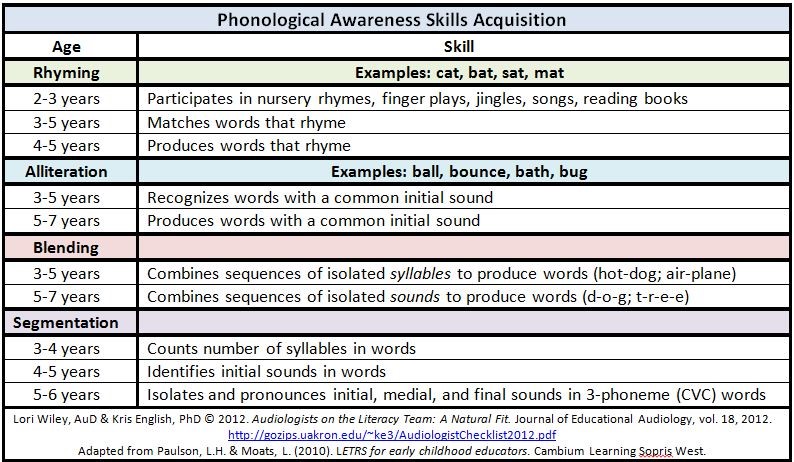
Comprehension
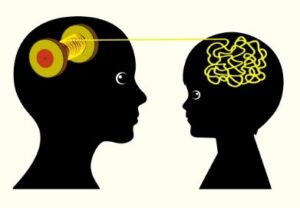 “Vocabulary knowledge is knowledge; the knowledge of a word not only implies a definition, but also implies how that word fits into the world7“. Students who learn vocabulary through multiple and varied activities have an increased likelihood of retaining and comprehending word meanings and their proper applications8. Using materials that provide meaning of words visually, simple definitions, and sentences, such as the Vocabulary Enhancement Glossary can be very beneficial to students with hearing loss. Reading fluency cannot be achieved by working on phonemic awareness alone. A student must also be able to quickly identify and understand the words spoken. With the typical ‘Swiss cheese language’ of children with hearing loss, lack of comprehension due to missing vocabulary is more of a norm, than an exception. Quick functional assessment of comprehension through use of the cloze procedure can be very revealing.
“Vocabulary knowledge is knowledge; the knowledge of a word not only implies a definition, but also implies how that word fits into the world7“. Students who learn vocabulary through multiple and varied activities have an increased likelihood of retaining and comprehending word meanings and their proper applications8. Using materials that provide meaning of words visually, simple definitions, and sentences, such as the Vocabulary Enhancement Glossary can be very beneficial to students with hearing loss. Reading fluency cannot be achieved by working on phonemic awareness alone. A student must also be able to quickly identify and understand the words spoken. With the typical ‘Swiss cheese language’ of children with hearing loss, lack of comprehension due to missing vocabulary is more of a norm, than an exception. Quick functional assessment of comprehension through use of the cloze procedure can be very revealing.
Syntax/Grammar
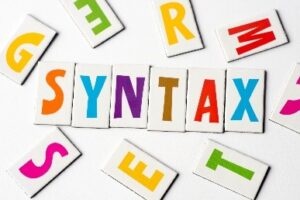 Poor syntactical development will result in weak reading and writing development. By the time most typically hearing students are age 5-6 they understand and can use basic grammar and syntax in their speech, writing, and to help understand meaning. Due to decreased exposure to verbal language, it is likely that the student with hearing loss will not learn these rules at the same rate, or as completely as their age peers. Poor syntax hampers students in their effort to access and apply their known vocabulary to the reading process. As with phonological awareness, functional assessment of syntax/grammar knowledge is necessary so that pinpointed instruction can occur. Cracking the Grammar Code provides free functional assessments and workbooks with activities to build skills at the point at which the deficit is identified on the assessment. We cannot assume that there is ‘no problem’ nor that the student will ‘catch up’ with exposure in the classroom.
Poor syntactical development will result in weak reading and writing development. By the time most typically hearing students are age 5-6 they understand and can use basic grammar and syntax in their speech, writing, and to help understand meaning. Due to decreased exposure to verbal language, it is likely that the student with hearing loss will not learn these rules at the same rate, or as completely as their age peers. Poor syntax hampers students in their effort to access and apply their known vocabulary to the reading process. As with phonological awareness, functional assessment of syntax/grammar knowledge is necessary so that pinpointed instruction can occur. Cracking the Grammar Code provides free functional assessments and workbooks with activities to build skills at the point at which the deficit is identified on the assessment. We cannot assume that there is ‘no problem’ nor that the student will ‘catch up’ with exposure in the classroom.
Summary
The tried and true methods of meaningfully reviewing vocabulary before reading a story or new content unit is important for almost all student IEPs. This does not mean simply having the student spit back the new words and brief meanings of each. Simple vocabulary review is tutoring. While some review at home and by a paraprofessional at school will be of benefit, there is intensive work (usually 1:1) to be done to build the web of understanding based on what the student already knows. Strengthening the attributes of each word will further build the web of understanding.
Truly exploring the word in relation to building the overall knowledge base is teaching. Vocabulary instruction, with focus on phonological awareness and syntax/grammar, is the ‘bread and butter’ of teaching students with hearing loss.
Resources
1. Dehaene S. (2009). Reading in the Brain: The Science and Evolution of a Human Invention. New York: Penguin.
2. Beck DL, Flexer C. Listening is where hearing meets brain…in children and adults. Hearing Review. 2011;18(2):30-35. http://www.hearingreview.com/2011/02/listening-is-where-hearing-meets-brain-in-children-and-adults/
3. One World Literacy Foundation: http://www.oneworldliteracyfoundation.org/index.php/why-support-owl/iliteracy-statisctics.html
4. TOPEL – Test of Preschool Early Literacy (norm-referenced ages 3-6 years)
5. PAT-2 – Phonological Awareness Test 2 (norm-referenced ages 5-9 years, gr K-4)
6. Phonological Awareness Chipper Chat (functional assessments for each of the 12 areas of PA to foster focused instruction)
7. Stahl, S. (2005): https://www.readnaturally.com/research/5-components-of-reading/vocabulary
8. Pressley, M. & Woloshyn, V. (1995). Cognitive strategy instruction that really improves children’s academic performance. Cambridge, MA: Brookline Books.

